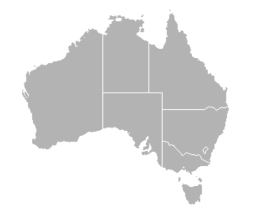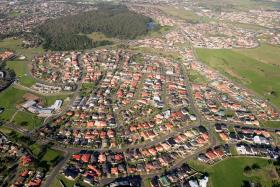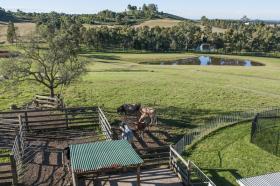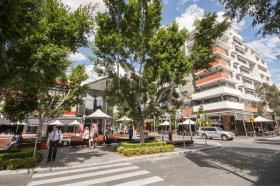People and places: Australian places
Key inquiry question #1
Where are places located in Australia?
Content Summary
Australian places
Students:
- investigate places across a range of scales within Australia, for example: (ACHGK010)
- identification that places exist across a range of scales e.g personal, local, national
Background Notes for Teachers
Exploring Australian places is guided by the geographical concepts of Place, Space, Environment and Scale.
Place and Space
What are places like? Students will use the geographical process of providing meaning and value to an otherwise ‘empty space’. They will investigate the natural and human characteristics that give a place an identity (e.g home, farm, city, forest, garden).
Environment
People and environments are interconnected. Places exist through this interconnection. Both natural and built features create human meaning to places (e.g shops in a city, roads to access national parks, boat ramps on rivers).
Scale
In Stage 1, students become spatially aware and learn there is a hierarchy of scale by which places are defined and classified. Our homes represent a personal scale, our suburbs and towns are on a local scale and our country is on a national scale.
Student Activities
Australian places
Students read Are We There Yet by Alison Lester and then answer questions and draw maps and plot the journey of the characters.

Personal, local and national scales
Students use Google Maps to locate areas on a personal and local scale, and then map the journey of Grace and her family across Australia from the book Are We There Yet by Alison Lester.

Places in New South Wales
Students examine a number of different images and discuss what each place is like and how each can be defined by scale (personal and local).

A letter to me
Students practice writing a letter and the correct way to address an envelope to represent personal, local and national scales.

Resources
Picture books
Are We There Yet by Alison Lester
A is for Australia by Frane Lessac
Me on the Map by Joan Sweeny and Annette Cable
The Jolly Postman of Other People’s Letters by Janet and Allen Ahlsberg
Web sites
NSW Syllabus for the Australian Curriculum Geography K–6
A student:
- GE1-1 describes features of places and the connections people have with places
- GE1-2 identifies ways in which people interact with and care for places
- GE1-3 communicates geographical information and uses geographical tools for inquiry
Acquiring geographical information
- pose geographical questions (ACHGS007, ACHGS013)
- collect and record geographical data and information, for example, by observing, by interviewing, or using visual representations (ACHGS008, ACHGS014)
Processing geographical information
- represent data by constructing tables, graphs or maps (ACHGS009, ACHGS015)
- draw conclusions based on the interpretation of geographical information sorted into categories (ACHGS010, ACHGS016)
Communicating geographical information
- present findings in a range of communication forms (ACHGS011, ACHGS017)
- reflect on their learning and suggest responses to their findings (ACHGS012, ACHGS018)
- Place: the significance of places and what they are like (e.g location and features of local places and other places in the world).
- Space: the significance of location and spatial distribution, and ways people organise and manage the spaces that we live in (e.g where activities are located and how spaces can be organised).
- Environment: the significance of the environment in human life, and the important interrelationships between humans and the environment (e.g natural and human features of a place; daily and seasonal weather patterns of places).
- Interconnection: no object of geographical study can be viewed in isolation (e.g local and global links people have with places and the special connection Aboriginal and Torres Strait Islander Peoples maintain with Country/Place).
- Scale: the way that geographical phenomena and problems can be examined at different spatial levels (e.g various scales by which places can be defined such as local suburbs, towns and large cities).
Learning across the curriculum
- Information and communication technology capability
- Intercultural understanding
- Critical and creative thinking
- Literacy
- Personal and social capability
- Difference and diversity
- Work and enterprise